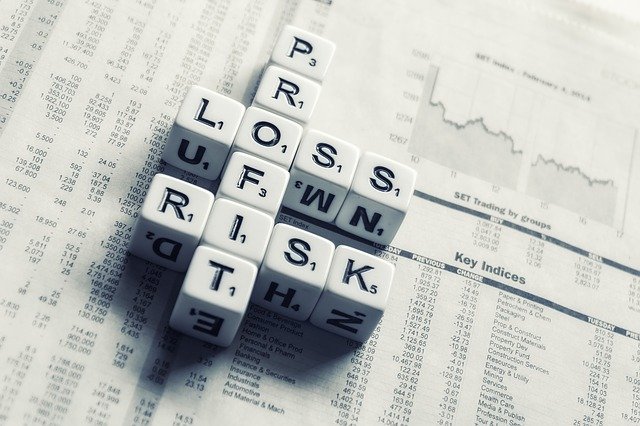
Equinor presents annual and sustainability reports for 2020
In the Annual report for 2020, a new outline of the report and a table with more information on a country-by-country basis are added to facilitate a better overview of key events and results for 2020. IFRS net operating income was negative USD 3.42 billion and the IFRS net income was negative USD 5.50 billion. The results are impacted by lower prices and impairments mainly due to reduced future price assumptions.
Equinor delivered adjusted earnings(1) of USD 3.49 billion before tax and USD 0.92 billion after tax, mainly adjusted for net impairments. In 2020, the cash flow from operations after tax amounted to USD 10.9 billion.
As a reaction to the market uncertainty, and to further strengthen financial resilience, Equinor reduced its cash dividend significantly and suspended share buy backs under the share buy-back programme in the spring of 2020. Total capital distribution to shareholders for the year was USD 3.39 billion.
For the full year, the serious incident frequency was 0.5, down from 0.6 in 2019. The total recordable injury frequency was at 2.3, down from 2.5 in the previous year.

Sustainability report
The 2020 Sustainability Report offers an overview of how Equinor works with its most material sustainability impacts. Sustainability is embedded in Equinor’s strategy, and the company is committed to long term value creation inspired and guided by the United Nations’ Sustainable Development Goals.
“Society has to move towards net-zero emissions, and we aim to be a committed partner on that journey. Equinor has set clear ambitions for the future and we are delivering strong progress to achieve them,” says Opedal.
- In 2020, Equinor’s (scope 1 & 2) greenhouse gas emissions were 1.4 million tonnes lower than in 2019, due to energy efficiency projects, changes in the portfolio and lower activity level.
- The average CO2 intensity of Equinor’s operated portfolio was 8.0 kg CO2 per barrel of oil equivalent (boe), down from 9.5 kg per boe in 2019. Going forward, Equinor expects fluctuations in the upstream carbon intensity from year to year, but the long-term direction towards lower emission intensity is clear.
- Renewables and low carbon solutions projects accounted for 4% of Equinor’s gross capex in 2020. The renewable share of all projects sanctioned, and investments committed in 2020 was around 60%.
- The company is reporting on new metrics on climate, security, human rights, and diversity & inclusion in the 2020 report. The material topics are also more clearly linked to the UN’s Sustainable Development Goals.
2020 was an extraordinary year with the pandemic causing human suffering and market turmoil. I am impressed by our employees’ hard work during this year, to keep people safe and operations running. We delivered solid operational performance during this demanding year, but our results were heavily impacted by the low prices for oil and gas,” says Anders Opedal, President and CEO of Equinor ASA.
There was unprecedented volatility and decline in prices during the year, caused by the Covid-19 pandemic especially during the first half. In March, Equinor launched a 3-billion-dollar action plan to strengthen financial resilience. Delivery on the plan resulted in savings of USD 3.7 billion, including a reduction in fixed operating costs of around USD 1 billion. Equinor is positioning itself to create value and be a leading company in the energy transition and took major steps in 2020 to shape the future of the company. We are preparing for a future that will be different from the past. Equinor aims to be a leading company in the energy transition and to build the energy industry of tomorrow,”
Equinor annual and sustainability reports for 2020..–>
Information Source: Read Full Release ..–>
Press release by:



